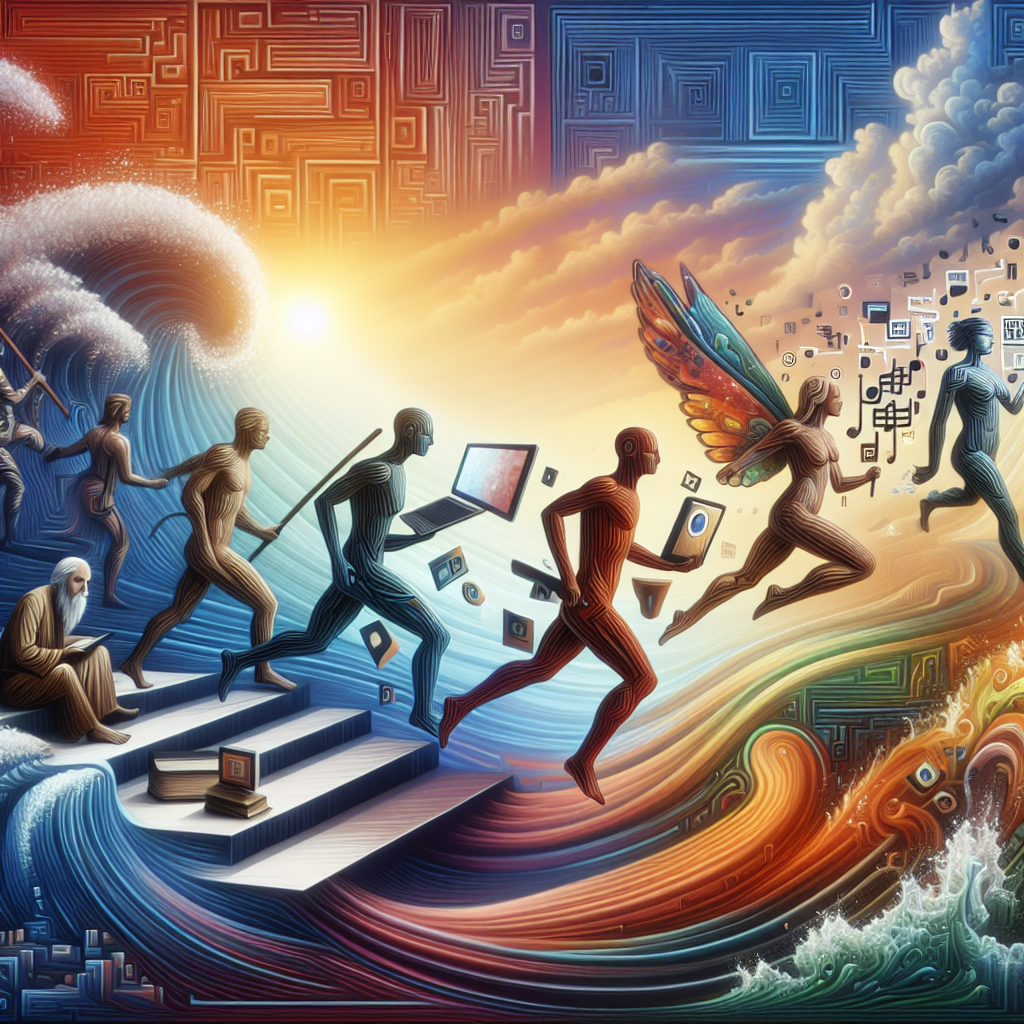What if you could taste colors, hear visuals or even wander through brushstrokes? Welcome to the revolutionary intersection of digital art and experiential journey. One that crafts a path between pixels and culinary delight, between virtual landscapes and physical sensations.
Policy Overview
The growing trend of integrating technology into art has created an unprecedented fusion known as digital gastronomy – a blend of virtual reality (VR), augmented reality (AR), and innovative gastronomic concepts.

Historical Context
Digital arts can trace their roots back to traditional fine arts. However, with the intervention of technological advancements like VR, AR, machine learning algorithms, and computer graphic innovations, dynamic visual representations have become increasingly common on our plates as well as screens.
In this context comes our topic – ‘One family’s journey through crisis’.
Sir Jameson’s family found solace in these digital realms during lockdowns when their restaurant faced dire straits. They innovated by crafting immersive dining experiences where visitors went on paradisal journeys in fantastical lands while enjoying celestial meals.Stakeholder Perspectives
PThe artists see it as an opportunity to create multi-sensorial experiences pushing boundaries between reality & imagination. Governments see a new tourism avenue opening up promoting local cuisine via unique selling propositions.Economic ImpactPThis innovation promises to boost tourism revenues & provide employment opportunities. It also offers traditional restaurants a chance to modernize and attract tech-savvy millennials.Success Metrics
The success of these initiatives could be measured by increased tourist footfall, global recognition of regional cuisines and successful integration within local food landscapes without sacrificing authenticity.
Alternative Approaches
Adoption of less complex technologies like ‘projection mapping’ on tables can be an alternative approach until fully immersive experiences become feasible for all restaurateurs. Future ProjectionsWith advancements in technology, we foresee a world where every meal becomes an adventure as unique as its diner.
Recommendations We recommend stakeholders to adopt inclusive strategies ensuring this innovation benefits all sections of society equally.
So next time when you wonder whether to pick your usual dish or try something new, remember – you are not just tasting a new flavor but might also get a ticket into unexplored worlds.”

